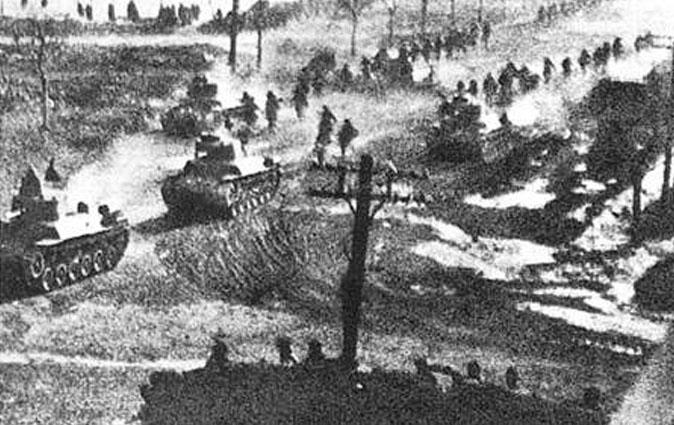Our concept of the planet Pluto is no longer merely fantastical.
NASA’s New Horizon probe passed by the dwarf planet nearly a year ago on July 14, 2015, capturing high-resolution photos of the planet along the way. The photos were then recently compiled into this mosaic strip. The strip contains all the high-resolution images captured earlier and extends across the hemisphere of the planet that faced the New Horizon spacecraft.
For a even better view of the breathtaking landscapes encompassed in the tiny strip, refer below to a video released by NASA. The short movie pans down the strip from top to bottom, giving us a brief tour of the planet’s hummocky cratered uplands, rocky terrains, and cellular nitrogen ice plains, among other features.
Especially of note is the cell walls in the nitrogen ice plains. The walls are created through a process called convection. Think of how hot magma rises and replaces colder denser, material at the earth’s surface, except in Pluto’s case, it is hotter ice in reservoirs warmed by Pluto’s internal heat rising and replacing colder ice.
“For the first time, we can really determine what these strange welts of the icy surface of Pluto really are,” said William B. McKinnon, professor of earth and planetary sciences in Arts & Sciences at Washington University in St. Louis, who led the study. “We found evidence that even on a distant cold planet billions of miles from Earth, there is sufficient energy for vigorous geological activity, as long as you have something as soft and pliable as nitrogen ice.”




